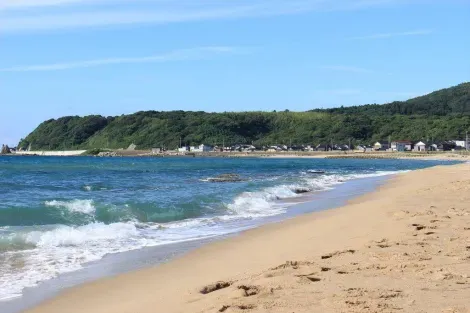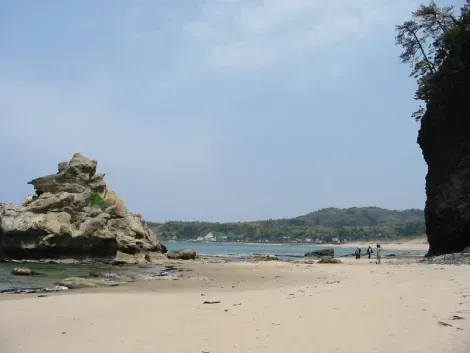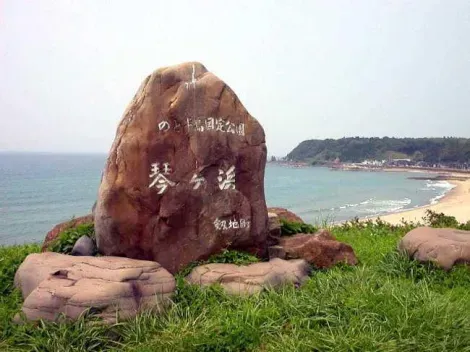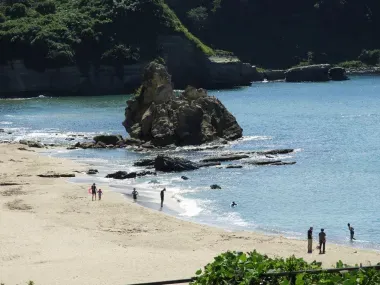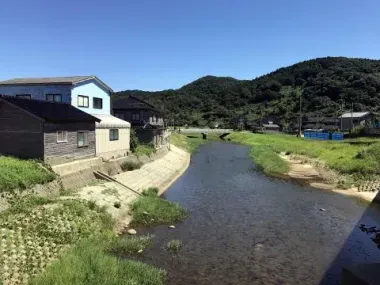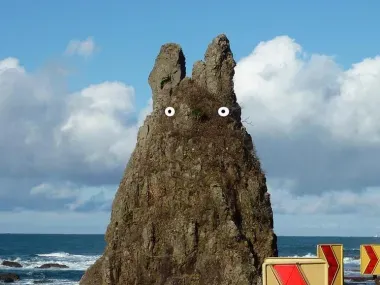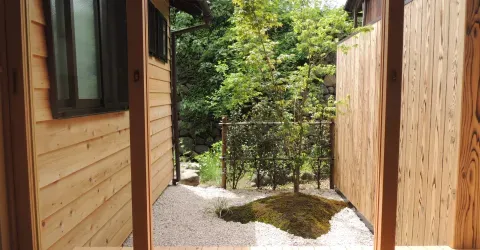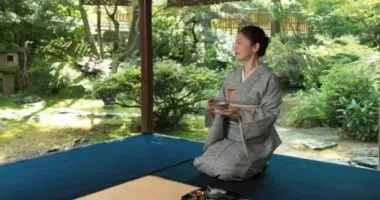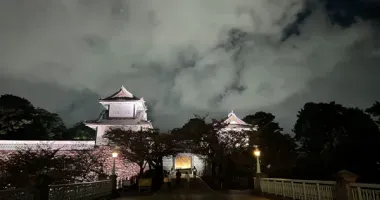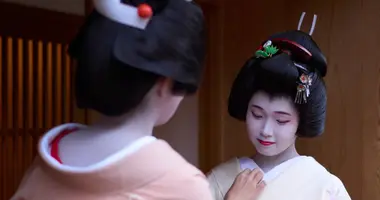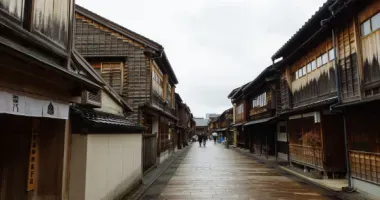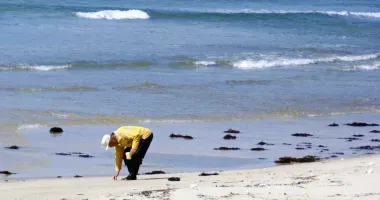Kotogahama Beach 琴ヶ浜海岸
- Published on : 06/06/2018
- by : S.V.
- Youtube
The crying beach
In Wajima, on the steep west coast of the Noto Peninsula, between the cliffs is the long sandy beach of Kotogahama, frequented by many surfers. Its "singing" sand has earned it the poetic nickname of "crying beach".
If you listen
On Kotogahama Beach, as on the entire west coast of the peninsula, a very rough Sea of Japan hits the shore. The powerful rollers that break on the beach make the place a real paradise for surfers . It is therefore not surprising to see the beach filled with many water sports enthusiasts from the early hours of the day. But apart from the pleasant rolling of the waves, it's a whole other sound that will catch your attention. If you strain your ears, you will hear under your feet the soft murmur of the fine sand . " Kyukyukyu " he whispers.
Sometimes described as singing sand or weeping sand , this sand is called nakisuna . Japan has around thirty nakisuna beaches across the country. The grains of quartz present in large quantities are at the origin of the phenomenon. The sand emits a sound when rubbed. All you have to do is caress the surface or drag your feet to hear the cries of the nakisuna on Kotogahama beach.
The cursed lovers
Although the scientific explanation of the nakisuna is known, it remains linked to a legend of Japanese folklore ; the tragic love story between two children of Wajima, the peasant Osayo and the sailor Shigeso. In this port city, poor fisherman Shigeso saves money to fulfill his dream of becoming a shipbuilder. He is about to go to sea for a last and long three-month fishing trip and promises sabelle, Osayo, to return with a large sum of money. However, at the end of the three months, Shigeso does not return. Osayo refuses to believe that the latter could have disappeared in the middle of a storm, as other fishermen claim. Rain or shine, she goes to the beach every day and awaits the return of her beloved, sitting on a rock. One very cold day, Osayo, weakened by this long wait, is found dead on the shore. Since then, every person walking near the rock hears sobs that seem to come from the sand. Sailors on a boat passing offshore also claim to have seen the ghost of a woman waving to them from the beach. A few years later, Shigeso who was thought dead returns to Wajima. Caught in a storm, he had run aground on a small island on which he had remained captive all this time. Hearing of Osayo's disappearance, the unfortunate Shigeso goes to the beach and mourns his lost love. Near the Osayo Waiting Rock, Shigeso cries for days and disappears in grief without a trace. On the beach, the sobs of the two lovers continue to resonate with each step you take.
Walk to the beach
Japanese drama fans know the beach for a completely different reason. In 2015, the beach was highlighted by the NHK television series, Mare which follows the adventures of a young woman from the Noto peninsula wishing to become a pastry chef. In its opening credits, we could even see the latter dancing on the beach. After your sunbathing or your surfing session, don't hesitate to walk the 3 kilometers of this weeping beach from south to north to offer you a short stroll along the Sea of Japan. It will be an opportunity to discover some local curiosities.
Heading north, you will come to the mouth of the Nigishi River . Along Route 249 at the level of the estuary, a stele reminds passers-by of a waka poem illustrating the region: "Away from my wife for so long - the clear rapids of Ishikawa will tell my fortune". The latter is taken from the Man'yôshû or "collection of 10,000 sheets" , a famous anthology of more than 4,500 poems written between the 4th and 8th centuries by different authors. One of them, Ōtomo no Yakamochi, who is credited with compiling this collection, wrote this waka and several others while he was governor of the neighboring province of Toyama. They all describe the poet's melancholy at being away from his family and the capital.
See also: Man'yo Cultural Complex
Mother Nature's wink
Continuing your way along the national road 249 which follows the seaside, you will come face to face with a very curious rock . No need to pinch yourself, you are not dreaming. It is indeed a gigantic Totoro which sits proudly 1 meter from the road. It must be admitted that this rocky concretion to which we have added rope eyes produces its small effect. The resemblance is striking. Thus positioned, it also seems to be waiting for the neko bus! By a happy coincidence, nature here perfectly imitates its best representative, Totoro , the spirit of the forest.
To read: Visit the Ghibli Museum
Address, timetable & access
Address
Timetable
130minutes by bus from Kanazawa station, then 10 minutes on foot from Monzen bus station.Website
http://wajimanavi.lg.jp/www/index.jsp



